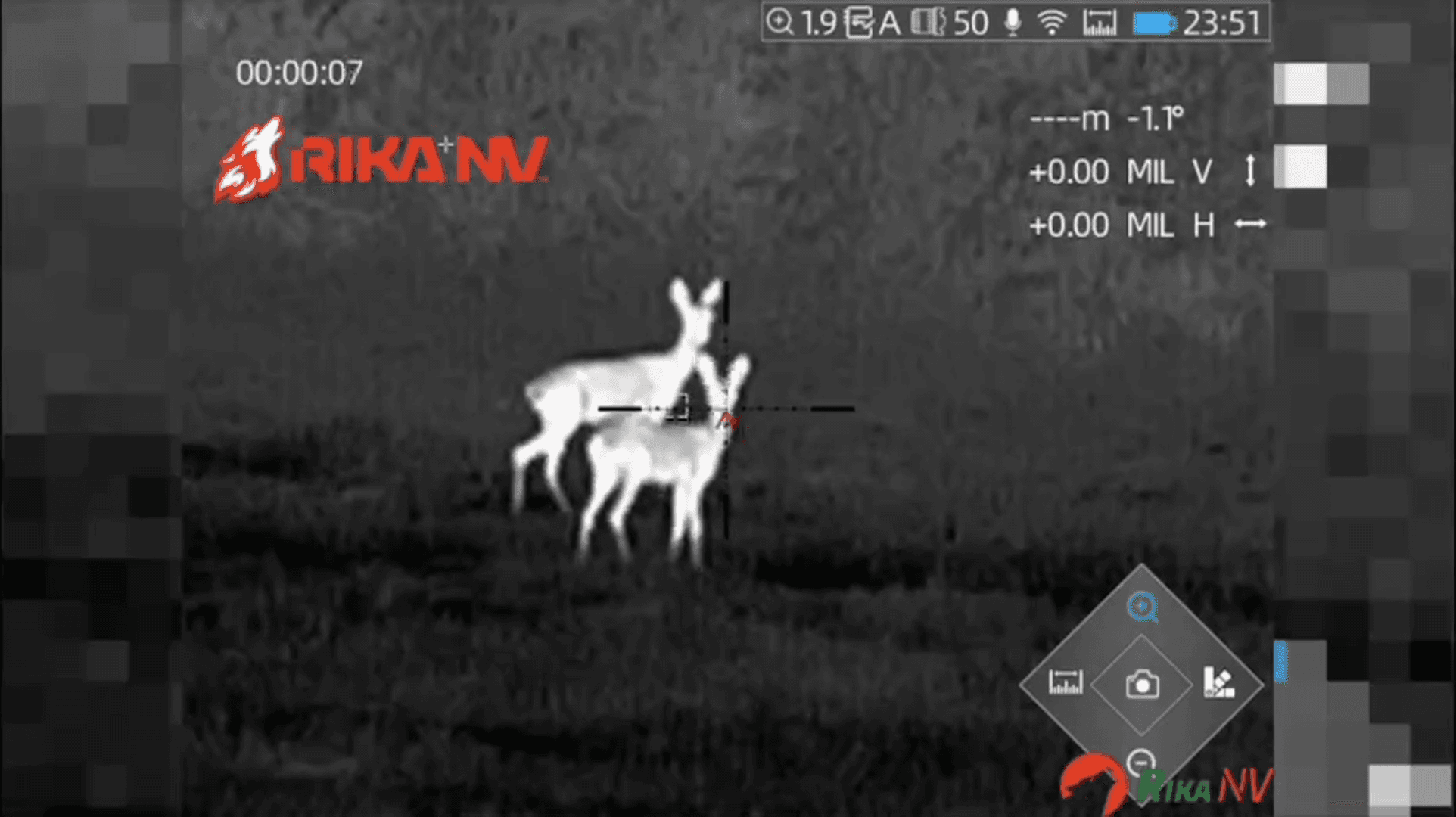
Salon de la Chasse 2025: Unmissable Event for Hunting Enthusiasts Join the Salon de la Chasse et de la Faune Sauvage 2025, from March 28 to 31, at the Parc des Expositions in Mantes-la-Jolie. This pr
Post: 20 January 09:53

Post: 20 January 09:53

Post: 13 November 10:12

Post: 30 September 12:06